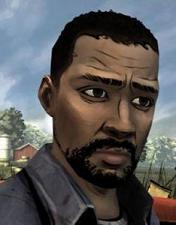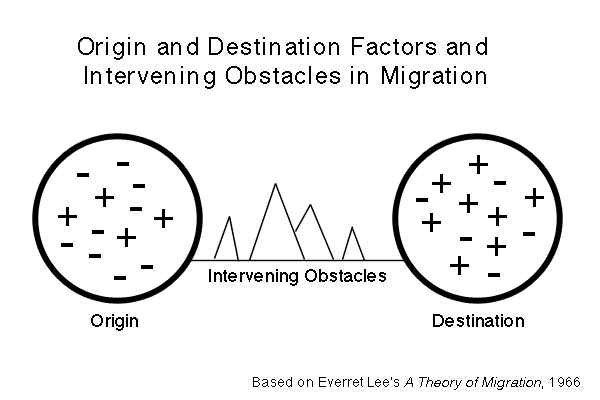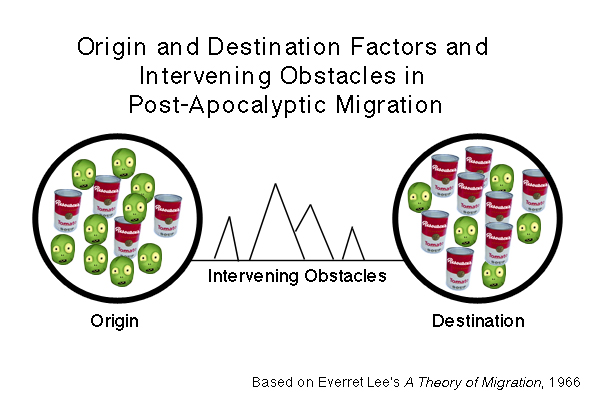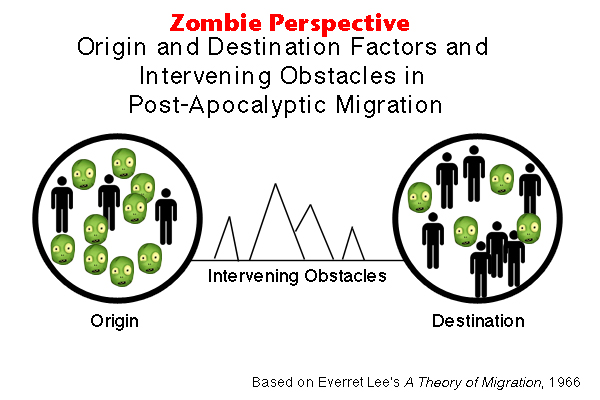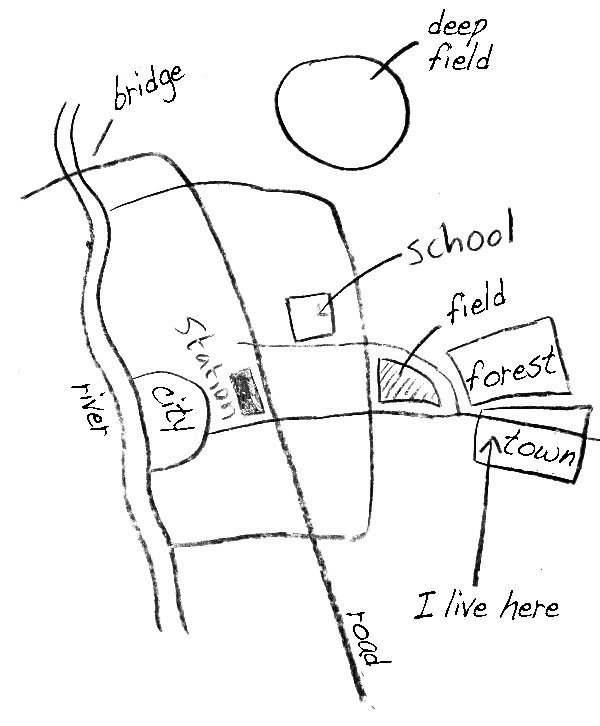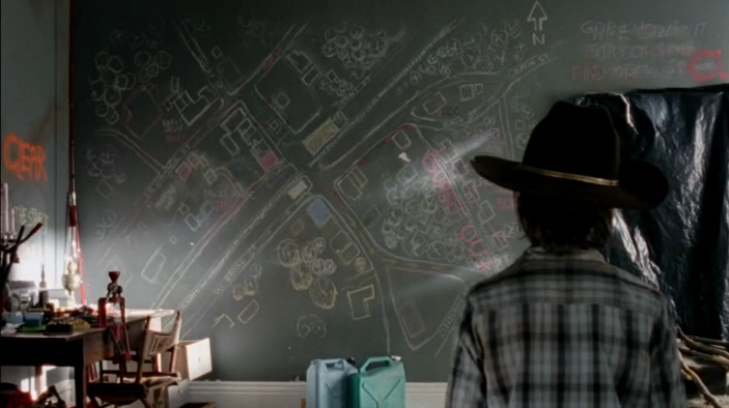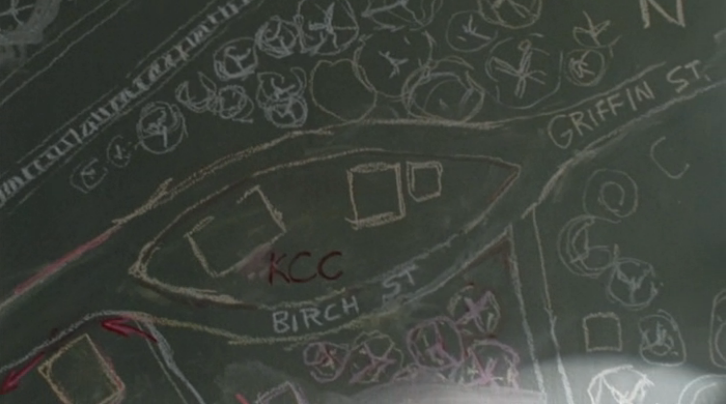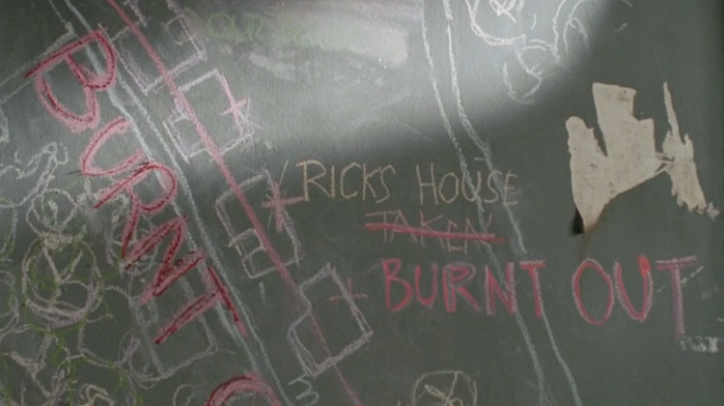Getting Parents and Guardians in on the Zombie Apocalypse
It is the beginning of a new school year, which means we’re telling parents what we’re up to this year. We’re sending home syllabi for our classes (and hoping they actually get home). I’ve had some good questions about how to explain Zombie-Based Learning to parents. This is an important matter. I think a great class is made better if we can in any way facilitate parents and students discussing their learning.
So, to help out with explaining ZBL to parents, I’m going to offer a few suggestions as well as a template for an introduction letter and an outline of the projects that you can send home to parents and guardians.
Should I write to parents?
I highly suggest it. Keeping close contact with parents can seem like a huge challenge, but as many of you may know, it is extremely valuable. Parents (often) appreciate it. Parents or guardians can sometimes come across in the wrong way, but they are a teacher’s greatest partner in supporting the student, their child. I always believe that it is better to explain what you can to all parents, instead of trying to play catch-up on a lot of similar questions later.
When it comes to Zombie-Based Learning, don’t be afraid that some parents will react negatively to it. You are better off involving them in the discussion early on. If you are straightforward, highlight the strengths, and address the concerns, you’ll be able to work with parents, instead of leaving them to form their own opinions. Remember, you’re a teacher who cares about providing an authentic, rich, and memorable experience for your students. Most parents and guardians will be very grateful for what you do.
Explaining Zombie-Based Learning
I stuck to some important highlights in the letter template I’m providing.
- Rigor
- Engagement
- Appropriateness
I believe that within these three topics, you’ll be able to address most questions or concerns. Parents want their children to learn, they want them to be engaged, and they don’t want them exposed to anything inappropriate. And to be honest, these are probably the top three concerns when parents hear you’ll be teaching with zombies.
“Is it too easy?”
“Will my child enjoy it?”
“Is it too scary?”
Zombie-Based Learning is rigorous
You’ve looked at it. Students will be thinking deep! This is not just about memorizing states and capitols or being able to identify “MR. HELP.” This is based on the 2012 National Geography Standards. Students will be doing more than tests and quizzes. Pre and post assessments will be able to show students are learning, not just having fun. Students will be operating higher up Bloom’s Revised Taxonomy than most geography classes.
Key Point: It’s based on standards and requires deep geographical thinking skills.
Zombie-Based Learning is engaging
Many parents recognize the difference when their student is engaged in a class. I’ve had many parents tell me about how much easier home life is when their child is excited and interested in school. I love that.
Not every kid is going to be sold on zombies, but I believe most kids are interested in expressing their creativity, their ideas, and their learning. These projects were built with that in mind. Dead Reckon helps to explain the projects students will do and put them into context of the zombie outbreak.
Key Point: Students will get to be creative and expressive. There is also a narrative to encourage their thinking and engagement.
Zombie-Based Learning is appropriate
I’m a zombie fan, but I’m not a horror fan. There is a big difference. I like the idea of thinking about what I would do in the apocalypse scenario. One thing I would never do is walk into a dark room and let a zombie jump out at me. I don’t like watching movies that are all about the scare factor and things jumping out at you. I look at ZBL the same way. It isn’t about scaring kids. It isn’t about showing gross things. It’s about engaging with a story and with characters. It’s about putting yourself into a scenario and thinking your way out.
I’ve been reading The Walking Dead since it first came out (I actually bought the first issue when it came out and then sold it for over $2,000 a year ago and put it toward my student loans). I like the story of the characters, but there are some very mature parts to the story. The TV show is for very mature audiences as well. I don’t think middle schoolers should be able to watch or read The Walking Dead, but many of them want to. This is a small part of the reason that I wanted to make the Dead Reckon comic. It’s made for middle schoolers. It is appropriate for them, but it doesn’t talk down to them.
Key Point: Zombies can be appropriate for middle schoolers when it is made for middle schoolers. There are no brains or guts in the comics and no zombies jump out of the curriculum to scare you.
Zombie-Based Learning is…
Tell parents what you think. Or if your administrator had something to say, see if you can share their view. Tell parents what your hopes are about ZBL and what you’re excited about.
Keep Open Contact
Encourage parents to approach you with any concerns. Hopefully you’ll also get words of support as well.
IDEAS TO KEEP IN MIND:
Parents and guardians
I get very nit-picky about language. I always try to address letters home to “Parents and Guardians.” Not all of our students have parents at home, and I don’t want to make any child think that is not “normal.” As someone who lost a parent, it can sometimes come as a little sting when someone assumes everyone has the same family structure. It might not matter at all to most, but it probably matters a bit to just a few. I’d like to encourage you to at least be aware of this.
Know your students
Know who will react in what ways. Get to know prior experiences and any concerns that students might have. Every student is different and there is no one-size fits all solution. ZBL is meant to be supportive but also flexible. Do what you need to do to support each student.
Tell students it is a simulation
It might be obvious to us that this is a simulation, or that the zombies are not really coming. But we’ve all been our fair share of gullible, especially in middle school. I suggest you come right out and tell students that this is just a curriculum, just a project. This will not ruin the experience for them. They don’t need to believe zombies are real (and shouldn’t) in order to have fun with these projects. I suggest you do this just in case there is just one student that loses an ounce of sleep for fear of zombies.
In taking my own advice, please feel free to contact me with any suggestions, questions, or anecdotes you’d like to share.
Download the template and outline and feel free to use them.
Also, join the new ZBL email Newsletter. I’ll be sending out updates, additional resources, and eventually I hope to spotlight ZBL teachers and student work.
NEWSLETTER
